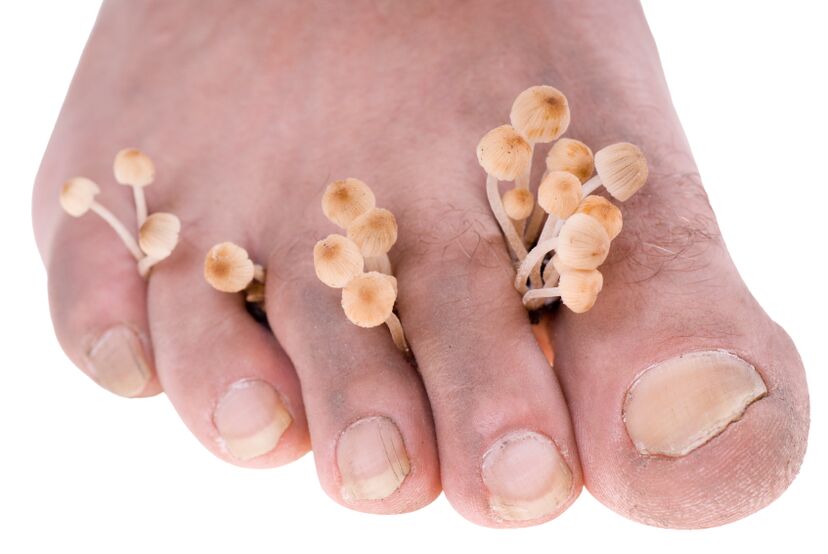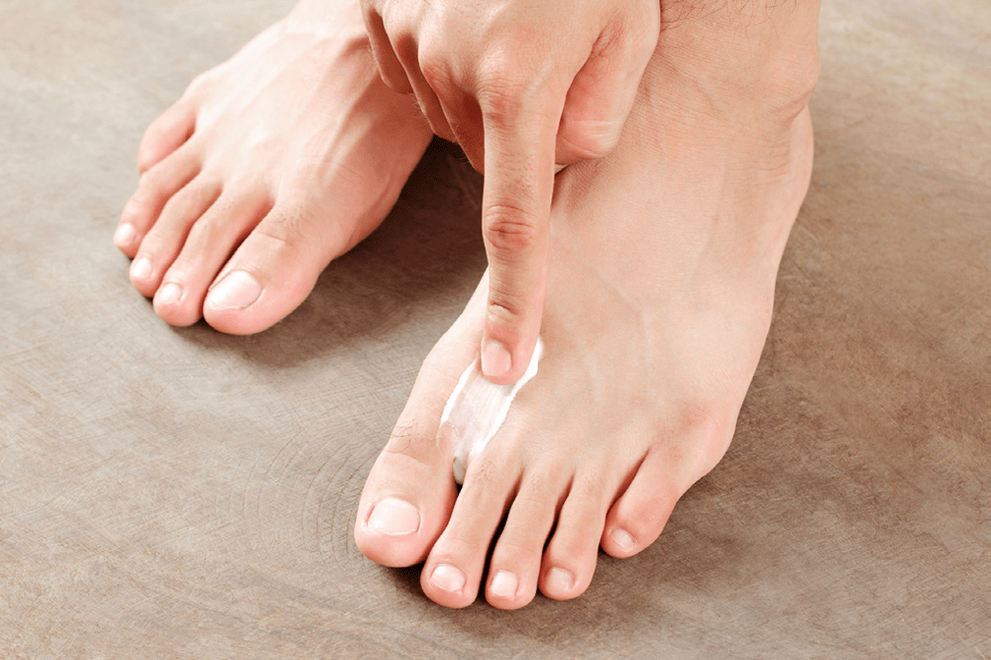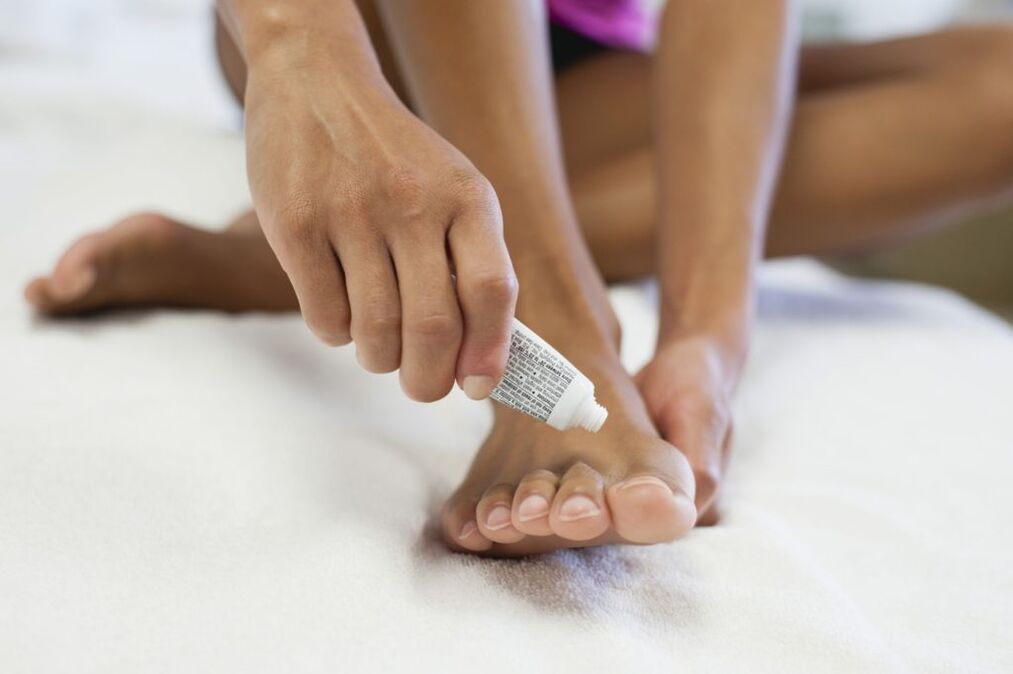Mycosis is a contagious skin disease caused by fungi. Generally, treatment with anti-fungal cream will produce good results, but it will not last long. The following tips can help prevent fungus between the toes, which can recur even after treatment.
Who will be infected
This disease is very common-a quarter of people have interdigital fungus on their feet. If you start this disease, its treatment can be very troublesome.
Fungi usually exist in small amounts on human skin, and they are harmless to humans. However, under favorable conditions, they can penetrate the epidermis, multiply and cause infection. Favorable conditions for fungus growth are warm, humid and air-free areas of the skin, such as between the toes.

Almost anyone can get athlete's foot. But it is more common in people who sweat a lot, or people who wear thick shoes and socks, and can also cause excessive sweating of the feet.
Fungal diseases can spread from person to person. For example, it may occur in public showers used by athletes or swimmers. In the shower, small pieces of infected skin with fungus will fall off. Once a small piece of infection starts to develop, it will spread along the skin.
What are the symptoms
The skin between the little toes is usually the first to be affected. When the infection just forms on the skin, the first signs of fungus are mild. This manifestation becomes obvious when the rash begins to spread and the skin begins to become itchy and scaly. Cracks and inflammation will appear on it. Large cracks in the skin between the toes will expand, which can be very painful. The tiny flakes of the infected skin will fall off.
If your interdigital mycosis is left untreated, the rash will gradually spread along the entire leg. In some cases, it extends to the sole. Usually, the infection causes scales to appear on the entire sole and side of the foot. Sometimes fungal diseases can cause a large blistered rash on the entire sole. In this case, we are dealing with foot fungus.

How serious
Usually, no. Most people successfully treat itchy toes before the infection spreads. Sometimes the infection spreads to the skin of other parts of the body. These are usually wet and airtight areas, such as the groin.
Generally, fungi, including those on the feet between the toes, do not spread deeper, but only spread to the surface of the skin. However, other microorganisms (bacteria) may enter the cracks left by neglected or untreated fungal diseases. It can sometimes cause more serious foot or leg infections.

It happens that the infection spread to the nail-it can be cured. But in this case, to get rid of the fungus, you need to take antifungal drugs for several weeks to clear the nail infection. Therefore, once the first symptoms appear, it is best to treat the interdigital fungus on the leg in time.
Mycosis Treatment
Treating fungus between the toes usually involves the use of various antifungal ointments and sprays. You can buy topical antifungal drugs at the nearest pharmacy or with a prescription.
To treat fungus between the toes, the antifungal agent needs to be applied directly to the affected area, namely the skin of the foot.
They are usually sold in the form of creams, but they can also be sprays, liquids and powders. These preparations are very good at removing fungal infections of the skin. However, there is no evidence that one therapy is better than another.

During the treatment, the inflammation seems to go away quickly, but after the rash clears, you may need treatment for 1 to 2 weeks. This is necessary to completely eliminate the fungus on the skin-this will prevent recurrence.
If this is your first time suffering from this disease, and you don't know how to cure the fungus on your feet and you can't go wrong when choosing a treatment, please consult your doctor.
For skin, especially inflamed skin, your doctor may prescribe an antifungal ointment and a mild steroid ointment. Their use time is usually no more than 7 days. You may need to continue using only one anti-fungal cream for a while.
Anabolic steroids can reduce inflammation and relieve itching and redness in a short time. However, steroids cannot completely eliminate the fungus between the toes, so steroid creams alone should not be used for treatment.
If the infection is severe and cannot be cleared with cream, an antifungal pill is sometimes prescribed for adults to treat fungus between the toes. If an infection is found in many places on the skin other than the feet, tablets are also needed.

However, this treatment for interdigital fungus is different for everyone.
Antifungal drugs are not always recommended for pregnant or breastfeeding women, or patients with liver disease. Children are usually not given antifungal drugs.
Although skin fungus between toes can spread from person to person, if you have fungus, you don't need to stay away from work, school or sports. However, in public places such as swimming pools or saunas, please try to cover your legs until the rash disappears. Also, try not to scratch the damaged skin, as this will spread the infection to other places.
The following tips can prevent recurrent fungal diseases:
- You should wash your feet every day and dry the skin between your toes thoroughly after washing. This is perhaps the most important point. If your feet are not completely dry, wear socks. The moist skin between the toes is an ideal breeding ground for fungi.
- Do not use other people's towels in public locker rooms. Wash towels as often as possible.
- Change socks every day. The fungus grows in the skin flakes in unwashed socks. Cotton socks and leather shoes are better than nylon socks and shoes made of artificial materials in many ways, which increase perspiration.
- Try to change different shoes every 2-3 days, this will make each pair of shoes completely dry after wearing.
- Wear flip-flops or sandals in public changing rooms and shower rooms. This prevents your feet from touching the floor that may contain fragments of other people's skin.
- When you are at home, walk barefoot for as long as possible-without shoes or socks, lest air reach your feet. However, this may be impractical for some people.
If the fungal disease persists, you can prevent recurrence by regularly using one of the antifungal sprays or creams as a preventive measure.















